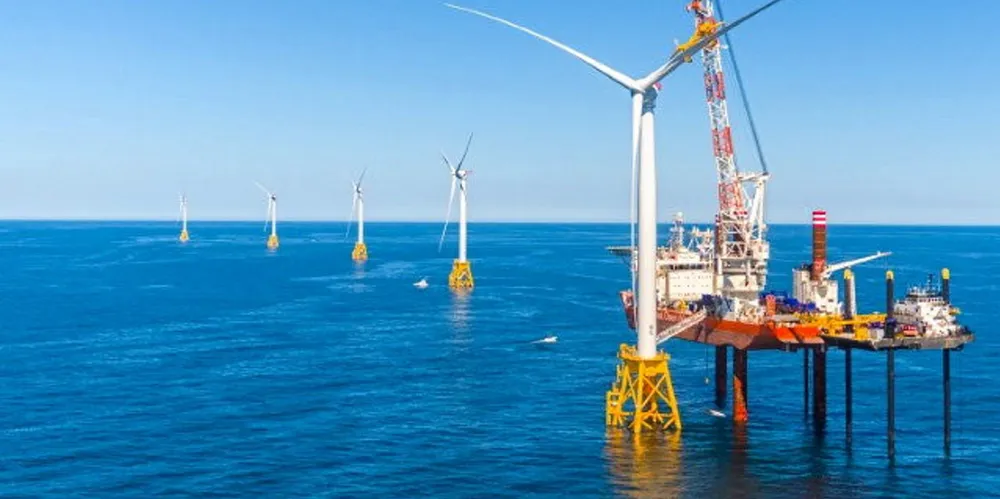'New collaboration models' needed to hit US offshore wind goals: commerce secretary
Gina Raimondo – who previously helped spur Block Island array – tells industry event that pioneering project holds key lessons over cooperation on permitting reform and stakeholder engagement
